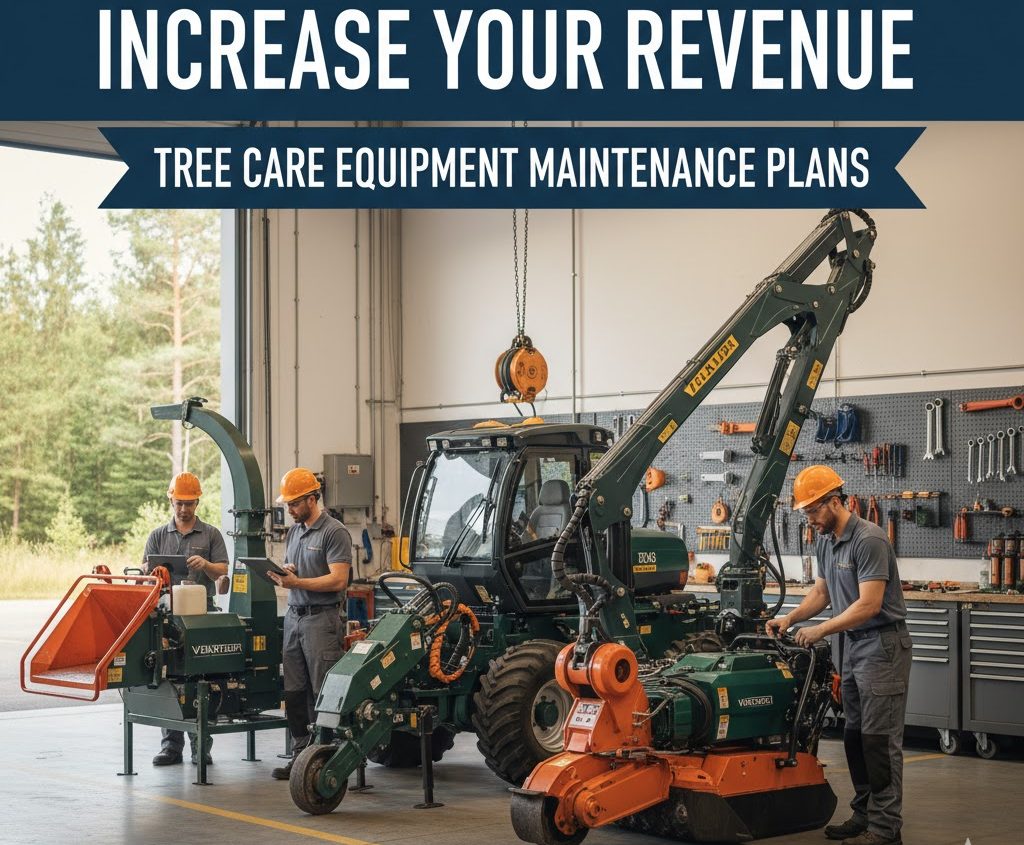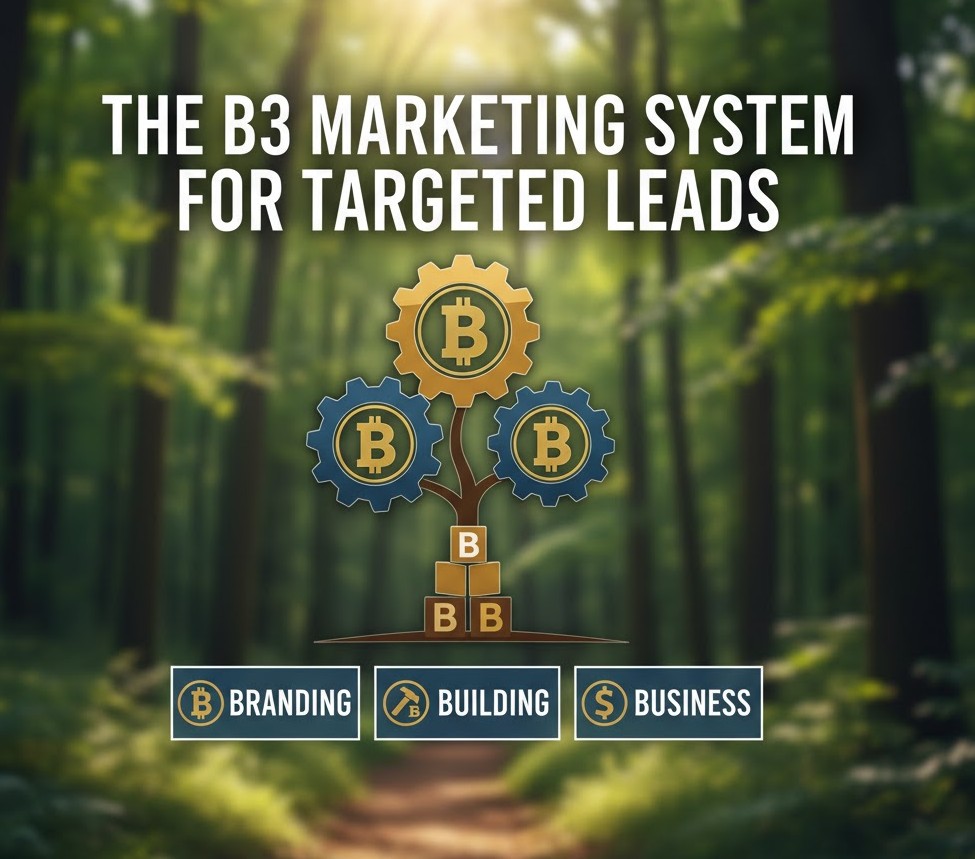That horrible sputtering sound. You know the one. It’s the sound your stump grinder makes right before it quits on you, with a customer watching from their window. It’s a sound that costs you time and money.
What if you could avoid that feeling altogether? That is where solid tree care equipment maintenance plans come into play, but choosing the right one feels like a job in itself. You have to sort through options that all sound the same.
This guide breaks down the different tree care equipment maintenance plans. You can pick the one that actually fits your business, keeps your gear running, and protects your bottom line.
Got questions? We have answers. Schedule a short call with TreeCareHQ here.
Why Bother with a Formal Maintenance Plan?
- Why Bother with a Formal Maintenance Plan?
- The Bare Bones: What is a Basic Maintenance Plan?
- The Smart Middle Ground: The Comprehensive Maintenance Plan
- The Full Package: Premium Tree Care Equipment Maintenance Plans
- Comparing Your Plan Options at a Glance
- How to Grade Your Current Maintenance Strategy
- Conclusion
Why Bother with a Formal Maintenance Plan?
You might be thinking, “I change the oil when it needs it. What’s the big deal?” A formal plan is so much more than that. It is about switching from a reactive mindset to a proactive one.
Every hour of downtime is an hour you’re not making money. When a chipper goes down, the entire project site can grind to a halt. Then you have the unexpected, sky-high cost of emergency repairs. A planned monthly expense is much easier to budget for than a massive, surprise bill.
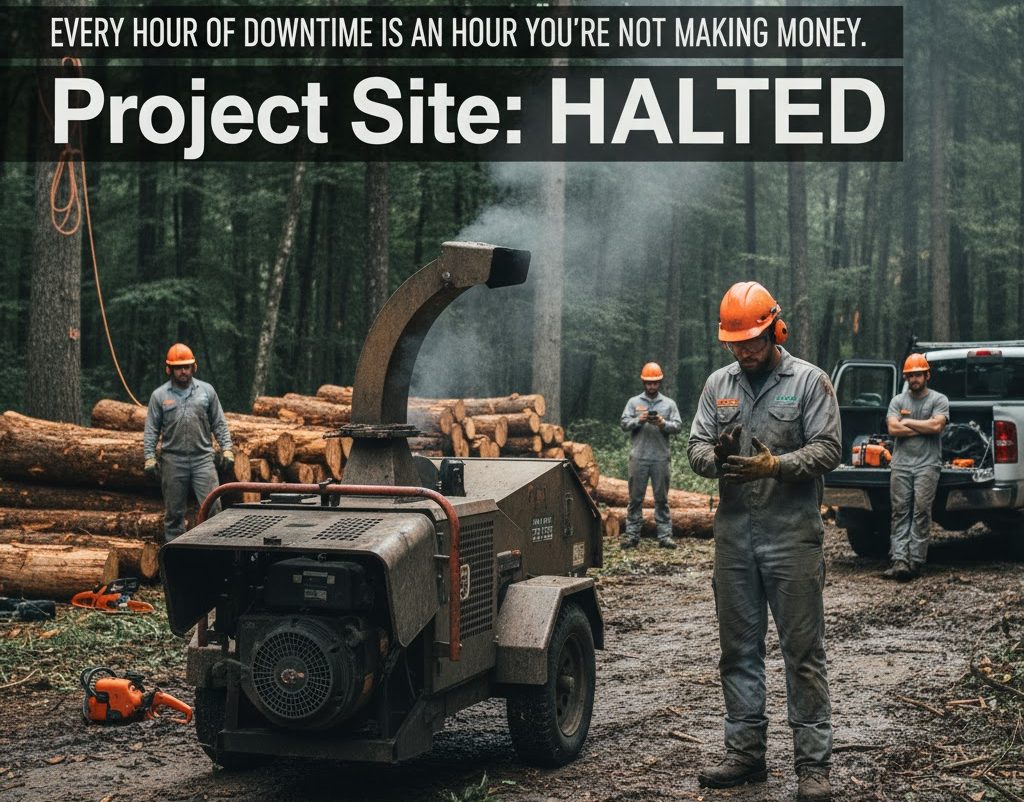
Beyond the money, there is safety. The Occupational Safety and Health Administration highlights that equipment malfunction is a serious risk for any tree service. A well-maintained machine is a safer machine for you and your crew, helping to reduce risk within the work zone.
A good care plan is a critical component of your overall hazard mitigation strategy. It works alongside the proper use of personal protective equipment (PPE) and fall prevention techniques. A formal maintenance schedule is a business strategy, not just a line item expense.
The Bare Bones: What is a Basic Maintenance Plan?
A basic maintenance plan is exactly what it sounds like. It covers the absolute essentials to keep your equipment running. Think of it as the foundational level of care.
It is a popular choice for new businesses or those with a small fleet of newer equipment that is still under warranty. This plan helps with simple maintenance tasks that keep machines operational. However, it may not be sufficient for older equipment or intense daily use.
What a Basic Plan Usually Covers
This plan keeps your machines alive but doesn’t do much beyond that. You can typically expect a short list of services. These services are vital, but they are just the beginning.
- Regular Oil Changes: Your engines work hard turning trees into wood chips. Clean oil keeps those parts moving freely, reduces heat, and helps you avoid a catastrophic engine failure down the road. This simple step is fundamental to engine longevity.
- Tire Rotations: Your chip trucks and trailers carry heavy loads across different terrains. Rotating the tires helps them wear evenly, which means better grip on the road and a longer life for the tires themselves. This is crucial for vehicle safety.
- Fluid Top-Offs: This is a simple but critical check. Low coolant, hydraulic fluid, or brake fluid can cause big problems and create dangerous situations. Regular inspections of fluid levels prevent overheating and system failures.
- Simple Inspections: A mechanic will look over the basics like belts, hoses, and lights. They are checking to make sure nothing is obviously cracked, leaking, or about to fail. They might also do a quick check of your chainsaw chains to see if they need sharpening.
Who Should Stick with a Basic Plan?
This plan makes the most sense in a few specific situations. If you just bought a brand-new truck and chipper, the manufacturer’s warranty likely requires these basic services. It’s also a good starting point for a solo operator or small tree service who is carefully watching every penny.
But you need to know its limits. This kind of care plan almost never covers parts that wear out from normal use, like brake pads, air filters, or spark plugs. So, while your monthly cost is low, you could still face some repair bills when those parts give out, especially when dealing with tough weather conditions that accelerate wear.
The Smart Middle Ground: The Comprehensive Maintenance Plan
A comprehensive plan is a serious step up from the basic option. It is built for established tree care businesses that rely on their equipment day in and day out. This approach is less about just keeping things running and more about actively preventing problems before they start.
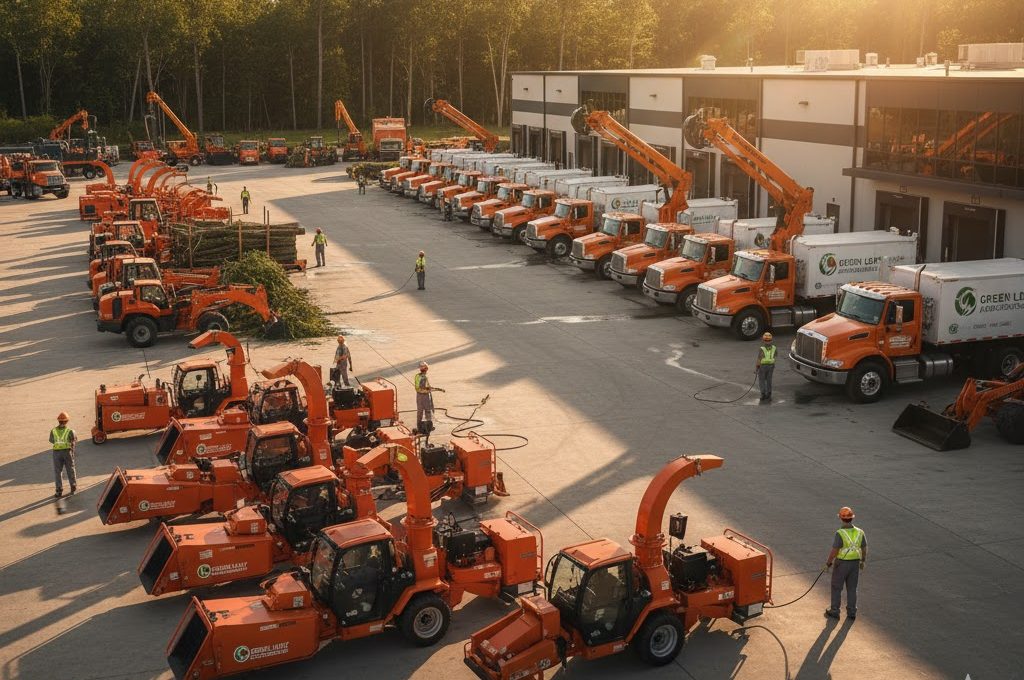
You’re paying for peace of mind and consistency in your maintenance work. This type of maintenance schedule is ideal for businesses managing a significant portion of the urban forest. It supports the detailed work of a certified arborist who cannot afford equipment failures during sensitive jobs.
What Makes It “Comprehensive”?
You get everything in the basic plan, plus some really important additions. These extras are what separate a good maintenance strategy from a great one. You are moving from defense to offense with your equipment care.
- Wear-and-Tear Parts: This is the biggest difference. The plan typically covers the replacement of items designed to wear out over time. Think brake pads, belts, and various filters that are crucial for performance.
- Deeper Inspections: Instead of a quick look-over, mechanics perform more thorough checks. They might look for early signs of wear in the hydraulic system or check the chipper blades for sharpness after a large tree removal job. They perform a more detailed risk assessment on the machine itself.
- Proactive Repairs: With a comprehensive plan, repairs are often scheduled ahead of time. The provider identifies a part that’s nearing the end of its life during an inspection and replaces it before it has a chance to fail in the middle of a tree pruning project. This proactive approach to tree maintenance saves a lot of time.
Is a Comprehensive Plan Right for Your Fleet?
If your equipment is a few years old and out of warranty, this plan is a very smart move. Older machines are just more likely to have issues. Experience and knowledge about the total cost of ownership for equipment will tell you that maintenance costs rise as machinery ages.
This type of plan helps you flatten that cost curve. It turns unpredictable repair bills into a fixed, manageable monthly expense. You can budget more accurately and avoid those shocking invoices that drain your bank account.
The goal is to maximize your operational efficiency and get rid of the stress that comes with wondering if your gear will start each morning. For a business performing tree work daily, this consistency is invaluable. It helps you manage projects like the selective removal of dead branches without equipment-related delays.
The Full Package: Premium Tree Care Equipment Maintenance Plans
This is the top-tier option. A premium plan is for businesses that cannot afford any downtime at all. It’s a complete support system meant to keep your crews productive no matter what happens.
Large companies or businesses with very high-value contracts often find this plan to be a worthwhile investment. This level of service provides total tree protection for your business assets. It allows you to focus on tree growth in your business, not on equipment headaches.
The VIP Treatment: What Do You Get?
Premium tree care equipment maintenance plans include all the services from the other tiers, plus several high-value perks. These features are all about convenience and uptime. You are essentially offloading almost all the headaches of equipment management.
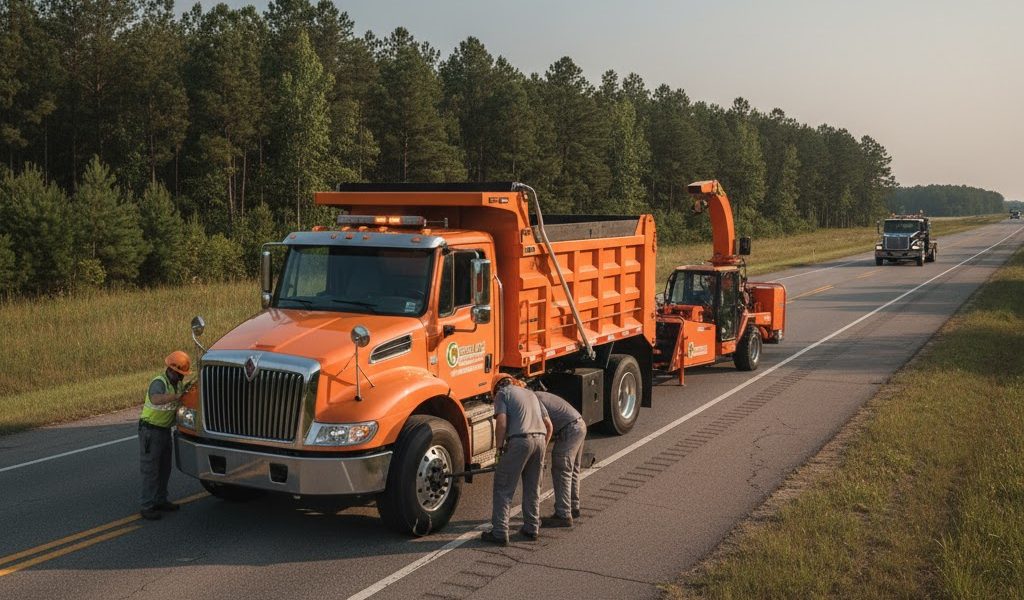
- Roadside Help: A flat tire or engine trouble on the way to a project site can derail your whole day. Having roadside help for your trucks and trailers is a massive benefit, especially if your crews travel far for jobs.
- Priority Scheduling: When something does break, you go to the front of the line. Your equipment gets into the shop immediately, which cuts down on how long it’s out of commission. This is critical when you have a hazardous tree that needs immediate attention.
- Free Loaner Equipment: This might be the most valuable part. If your chipper or bucket truck needs to be in the shop for a few days, the provider gives you a loaner to use. Your business doesn’t miss a beat, and the tree removal in a client’s yard happens on schedule.
- Minor Cosmetic Repairs: A clean, well-kept fleet says a lot about your professionalism. Some premium plans will even fix small dents and scratches, keeping your equipment looking sharp for clients and potential customers.
Is the High Cost Justified?
Let’s be clear, a premium plan costs a lot. But you have to weigh that cost against the alternative. How much revenue do you lose if a crew has to sit idle for two days while a crucial piece of equipment is down?
When you do the math, the cost of the plan can look pretty reasonable. You’re not just buying tree maintenance; you are buying uptime. It helps you avoid dangers like electrical conductors when working near power lines because your equipment’s safety features are always in top condition.
For businesses that are scaling fast or have tight schedules, this level of support can be the difference between hitting your growth goals and falling short. This is especially true for companies performing critical infrastructure work or managing large public spaces, following guidelines from groups like the International Society of Arboriculture.
Comparing Your Plan Options at a Glance
Seeing the differences side-by-side can make your decision much clearer. Think about where your business is today and where you want it to be next year. Your care plan should support that vision.
Use this table to quickly compare the common features of each plan type. This can help you decide which level of service best fits your operational needs and budget.
| Feature | Basic Plan | Comprehensive Plan | Premium Plan |
|---|---|---|---|
| Regular Oil & Fluid Checks | Yes | Yes | Yes |
| Basic Safety Inspections | Yes | Yes | Yes |
| Wear-and-Tear Parts Replacement | No | Yes | Yes |
| In-Depth System Diagnostics | No | Yes | Yes |
| Proactive Part Replacement | No | Yes | Yes |
| Roadside Assistance | No | Sometimes (Add-on) | Yes |
| Priority Service Scheduling | No | No | Yes |
| Loaner Equipment Provided | No | No | Yes |
How to Grade Your Current Maintenance Strategy
You cannot make a good decision without knowing where you stand right now. Your needs change over time. The plan that worked for you as a startup might be holding you back now that you have multiple crews.
It is smart to review your maintenance approach at least once a year, maybe around Arbor Day as a reminder of your commitment to the industry. This annual checkup is vital for the health structure of your business. It allows you to adjust your plan based on the past year’s performance and future goals.
A Quick 4-Step Checkup
Set aside an hour and walk through these simple steps. This process will give you a clear picture of what you have and what you might need. It is a small investment of time that can save you a lot of trouble.
- Document Your Current Plan: Write down what you currently have. Do you have a formal plan, or do you just fix things as they break? What services are included, and what do you pay for it? Tally up all your repair invoices from the last 12 months.
- Compare Your Options: Pull up the details for basic, comprehensive, and premium plans from a few providers. Put them side-by-side with your current setup. Where are the gaps? Are you constantly paying out-of-pocket for things a comprehensive plan would cover?
- Get Real About Your Needs: Think about your business. How old is your equipment? How many hours a week do you run your machines? The harder you push your gear, the more coverage you probably need, especially if you work with difficult tree species or in tough soil.
- Read the Fine Print: This is so important. What does a plan not cover? Look for exclusions related to abuse, accidents, or specific types of parts. Ask questions until you fully understand what you’re paying for, following standards similar to those set by the American National Standards Institute for clarity.
Conclusion
Choosing a maintenance plan isn’t just about preventing breakdowns. It is a core business decision that affects your profits, your crew’s safety, and your company’s reputation. What works for a one-man operation will not work for a business with five crews on the road.
By understanding the differences between basic, comprehensive, and premium options, you can find the perfect fit. A solid plan does more than keep your stump grinder from sputtering out. It provides stability for your finances and safety for your team.
Take a hard look at your current strategy and see if it is really serving your business goals. Getting your tree care equipment maintenance plans right will give you more than just reliable gear. It will give you the confidence to grow your business and tackle any tree removal or tree care job that comes your way.
Ready to take your tree business to the next level? Schedule a short call with TreeCareHQ here.


